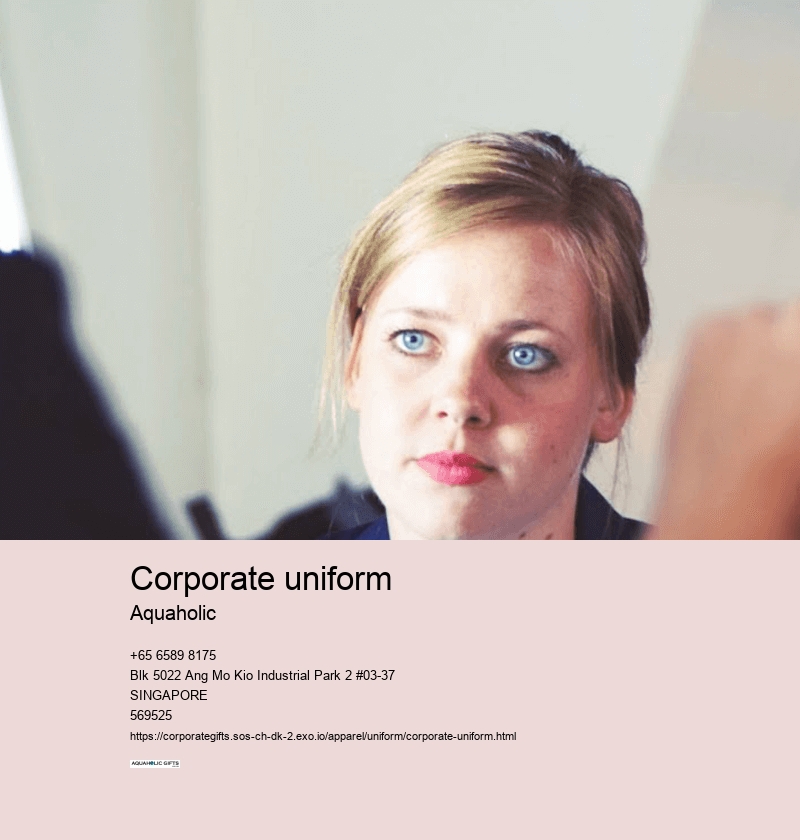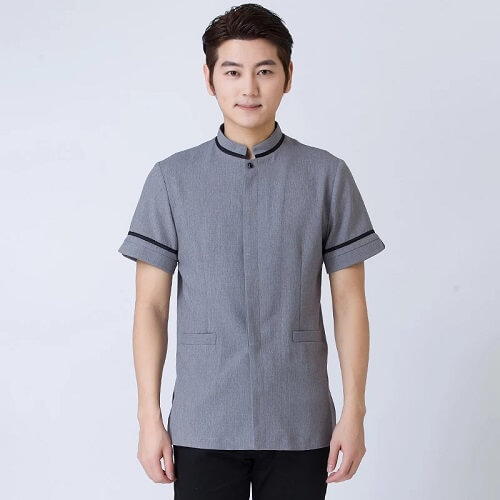corporate uniform
corporate uniform singapore
Colors are not just an idea that is discarded as a design. If the setting is one that exudes elegance and sophistication wool and cotton suits are often unchallenged. Before finalizing the uniform design, a testing phase is crucial.
Colors aren't just an idea that is discarded as a design. Let's break out the sails and explore the complex archipelago of uniform logo integration.
Fabric is the ocean on which the vessel of your logo is sailing. Imagine you are wrapped in warmth during the harsh winter months.
Shoes that are comfortable, well-fitted and fit well with the uniform are vital. Wool does that!



